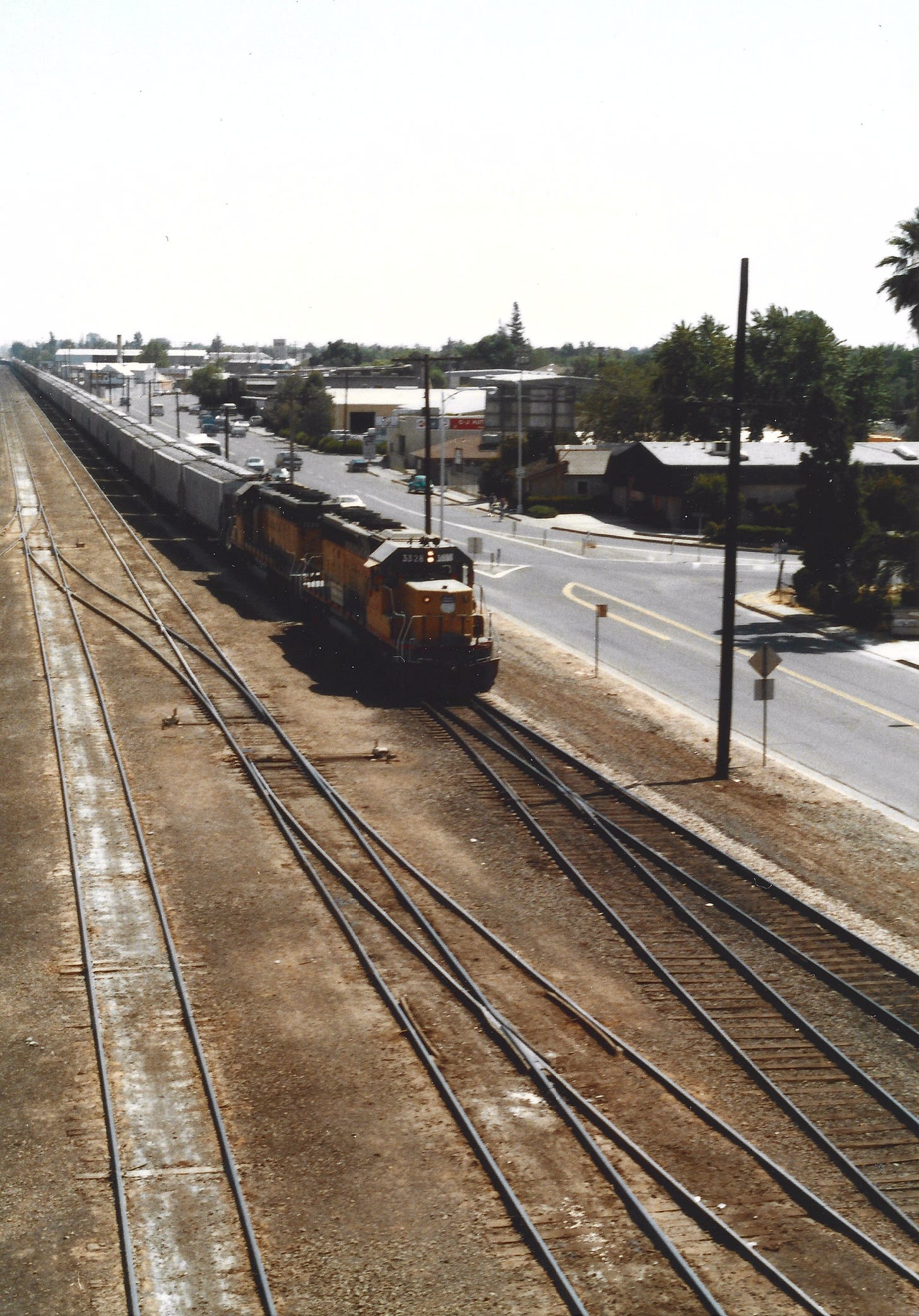Sacramento Does Transportation — And Its History — Justice, Gets It Right!
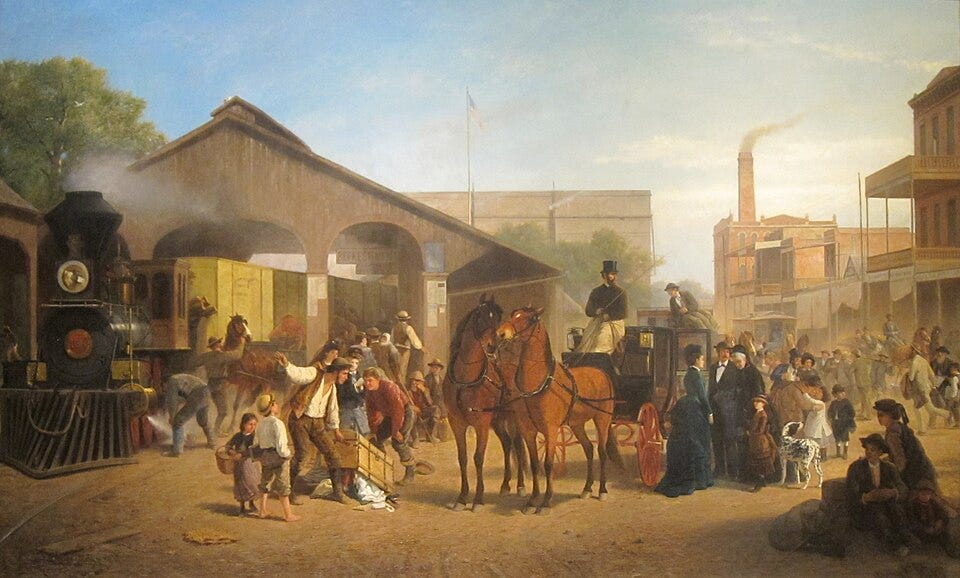
Like most things in life, railroading also has three aspects to it. There is the future (what hasn’t yet happened). There is the present (what’s happening right now). And there is the past (what has already occurred).
For me, though not essential, I have found it helpful to have at least some knowledge regarding some of U.S. railroading’s history. It’s mainly due to my having written historical sketches dealing with the industry for a number of different publications over the years, that that interest in the United States’ railroad past developed into more than just a passing one. And, the fact that I’ve met a few bonafide railroad historians at various times in my life and listening to their stories, what this has succeeded in doing is to motivate me to want to learn more about the backstory of the story of railroading, not only in this country but of that in others as well.

One location having a special place in history, is Sacramento, in America’s 31st state — California. The state’s capital city has a “the-past-has-real-meaning-here” kind of vibe (much like the way Harpers Ferry, West Virginia does in the American east). The locals know what I’m talking about.
That’s evident the moment one steps foot on the site known as Old Town.
But it isn’t history of just a general nature that sets this place apart.
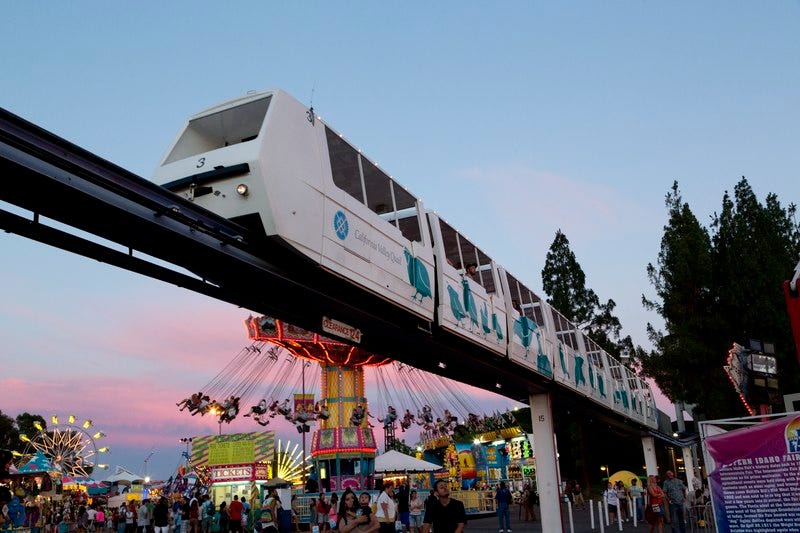
California’s capital has a rich transportation heritage too; certainly not a best-kept secret by any measure. If anything, it’s the complete opposite.
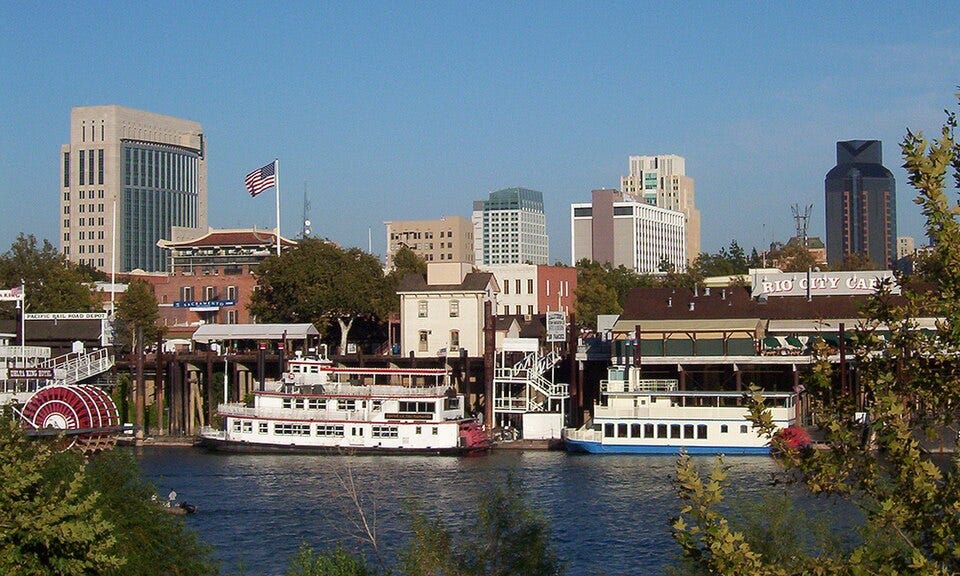
In fact, the Sacramento River in the area of Old Town is no slouch when it comes to being able to accommodate fairly sizable ships. Said ships can get to and from there with relative ease as the river is directly fed by the Sacramento-San Joaquin Delta.
And, of course, this inland port of sorts has carved out a place in history as being the jumping-off point in California where state railroad building is concerned. Theodore Judah, a civil engineer from Troy, New York, oversaw construction of the Sacramento Valley Railroad which, in 1856, tied together Sacramento and Folsom, located 23 miles to the east. The city, incidentally, was also the locale where the Southern Pacific Railroad Company had its sprawling Sacramento (locomotive) Shops facility.
And now it’s time to show off in photographic rendering some of the best of what this city located at the confluence of two rivers (the American and Sacramento) has to offer in both the historical context and as it has to do with transportation in general and railroading specifically.
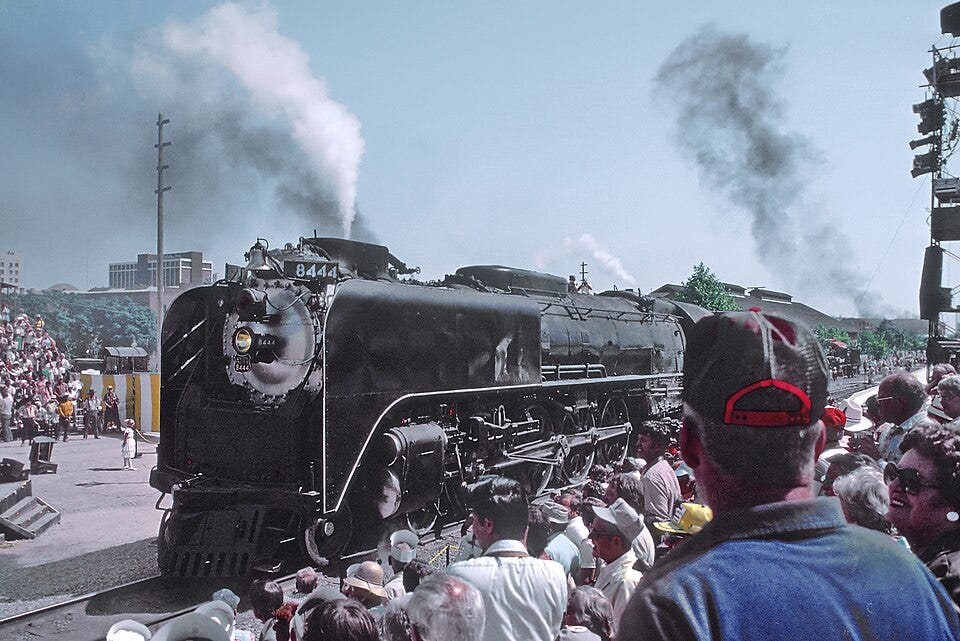
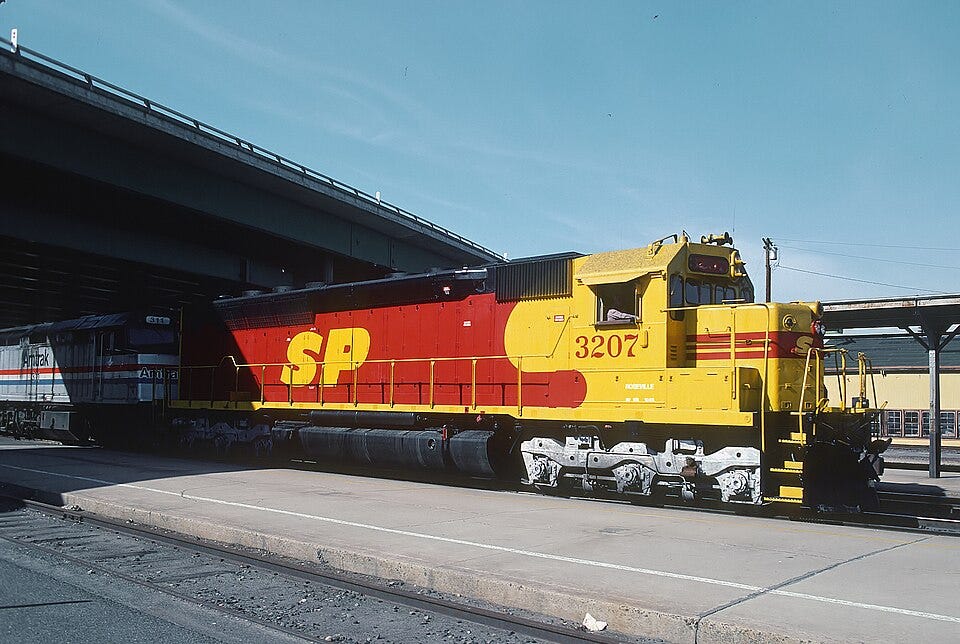

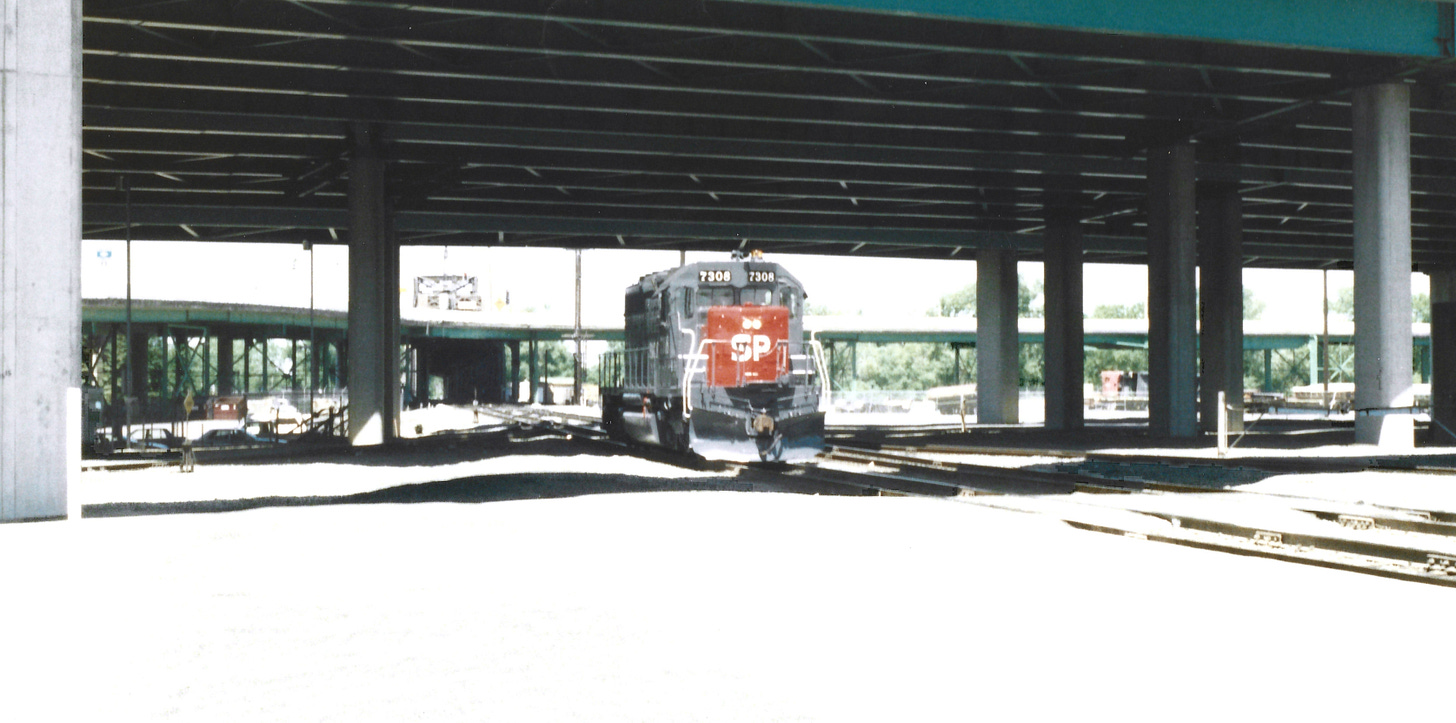
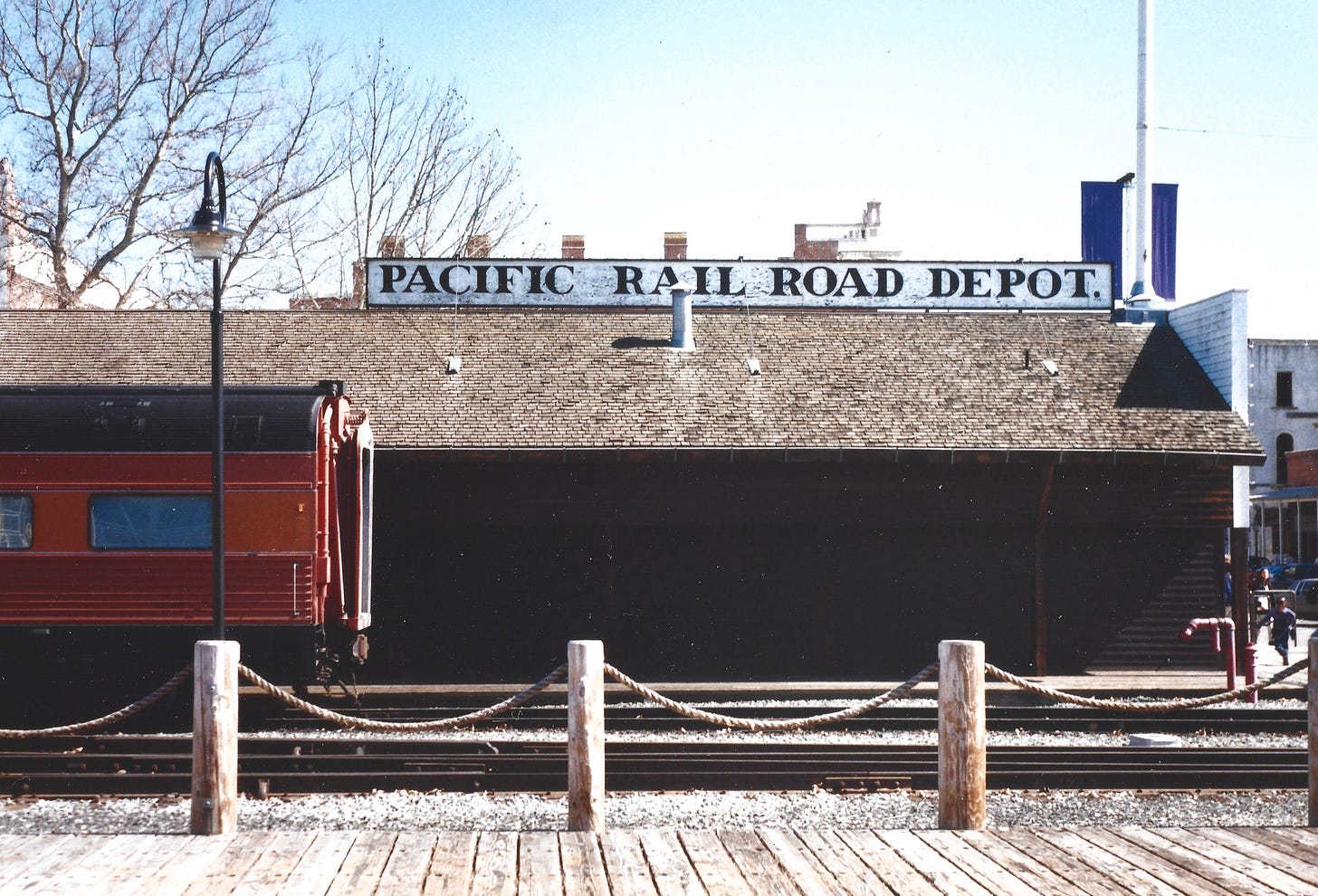
Oh, and one more point: Less important though, but what I find still to be of interest is that rails radiate out of the city in all four major directions: north, south, east and west, which, in my view, also makes Sacramento a rail hub. The thing about railroad hubs, in case you don’t already know, is that these make great places to watch trains, which is probably the reason I like this railroad “crossroads” (if I may be so bold in saying), so much. What’s also interesting is the fact that while multiple lines fan out in the easterly, westerly and southerly directions, there’s only one line, though, that is north-headed.
Updated: Jun. 3, 2025 at 12:21 p.m. PDT.
All material copyrighted 2025, Alan Kandel. All Rights Reserved.




